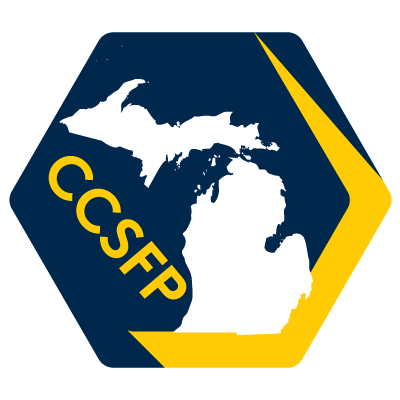Rachel Rubanguka

Pronouns: She/Her/Hers
UROP Fellowship: CCSFP, Washtenaw Community College
Research Mentor(s): Andrew Gronewold, PhD
Research Mentor Institution/Department: School for Environment and Sustainability
Presentation Date: Wednesday, August 4th
Session: Session 1 (3pm-3:50pm EDT)
Breakout Room: Room 3
Presenter: 2
Abstract
The Great Lakes Compact is an agreement guiding water management of the Great Lakes. The Compact has been signed and approved by the governors of the eight states within the Great Lakes basin (Wisconsin, Illinois, Indiana, Michigan, Minnesota, New York, Ohio and Pennsylvania) and the two Canadian provinces within the Great Lake basin (Ontario and Quebec). The Compact was signed into law by President George W. Bush in 2008. The Great lakes play a significant role in the regional economy and support recreation, and wildlife habitat and a balanced ecosystem of the environment. The Great lakes contain 21 percent of world’s fresh water, 84 percent of north America’s fresh water, and 95 percent of the United States’ fresh water. More than forty million people depend on the Great lakes for drinking water. 1.6 million of those people live in Wisconsin representing 27 percent of Wisconsin’s population. The Great Lakes must be protected to ensure safety and access to clean water for the generations to come. However, the Great Lakes compact can allow diversions of water as a last resort to the counties that do not have contact to Great Lakes but are within the basin. For example, Waukesha county straddles the basin along with 63 other counties across the Great lakes Region all containing communities that could potentially apply for Great lakes water. Waukesha has already applied for water in the Great Lakes basin because they have contaminated water. If Waukesha simply adds treatment to 3 of its existing deep groundwater wells, it can sustainably meet the city’s water needs until at least 2050; just like 40 other communities have done in Wisconsin alone. The city of Waukesha can do all of this and avoid increasing its resident’s annual water bills by over 250%. Allowing Waukesha to stick a straw into Lake Michigan without meeting Compact requirements could have a rippling effect across the entire region with so much at stake.
Authors: Rachel Rubanguka, Andrew Gronewold
Research Method: Data Collection and Analysis
Anderson EJ, Schwab DJ, Lang GA (2010) Real-time hydraulic and hydrodynamic model of the St. Clair River, Lake St. Clair, Detroit River system. J Hydraul Eng 136(8):507–518
Ghanbari R, Bravo H (2008) Coherence between atmospheric teleconnections, Great Lakes water levels, and regional climate. Adv Water Resour 31(10):1284–1298
Gronewold AD, Fortin V (2012) Advancing Great Lakes hydrological science through targeted binational collaborative research. Bull Am Meteorol Soc 93(12):1921–1925







